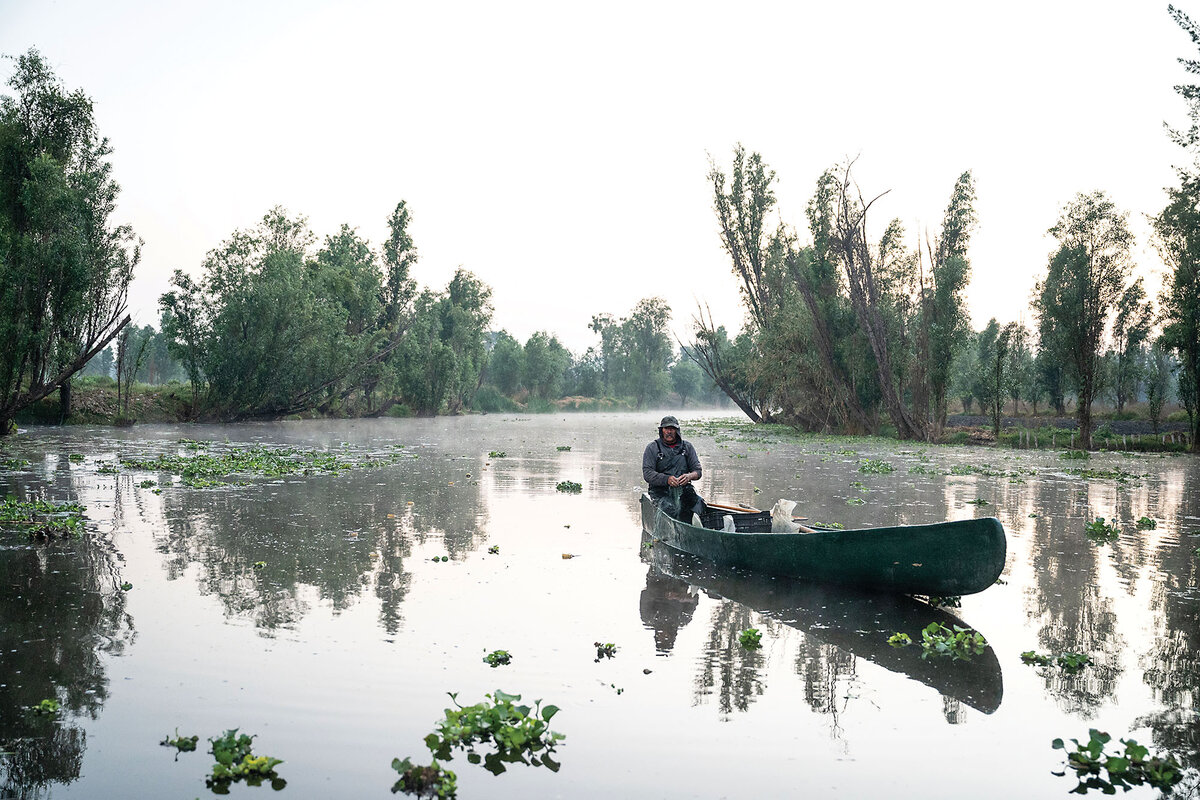Mexico City might be best known as a modern megalopolis, bustling with millions of residents, but visitors don’t have to go far to glimpse its ancient past. In the south sits a network of human-made waterways, the remains of a vast transit system used by the Aztecs to move people and products like food around their empire.
Today, the canals in the borough of Xochimilco are part of a UNESCO World Heritage Site. They weave through chinampas, the floating gardens built by layering reeds and tree branches and covering them with mud.
For decades, Xochimilco has been popular with weekend revelers and tourists riding on colorful wooden boats called trajineras. Passengers can take in the wildlife, like herons and black ibis, that traverse the waterways; purchase quesadillas or grilled corn smothered in mayo, chili powder, and lime from food-vendor canoes; pay for live bands (also moving by boat) to croon ranchero or mariachi ballads for them; or simply soak up the sunshine, sprawled out on the boat’s edge.
But it’s not all about the fiesta. Scientists are active in the chinampas, where they’re racing against urban sprawl and development to try to protect the habitat of an endangered amphibian, the axolotl. In recent years, there has been a growing focus on teaming up with farmers and others who work on the chinampas to restore the beloved salamander’s habitat. That has come hand in hand with efforts by farmers and community organizations to reclaim abandoned chinampas and to reintroduce the historic farming techniques of the city’s ancient breadbasket.
For more visual storytelling that captures communities, traditions, and cultures around the globe, visit The World in Pictures.










